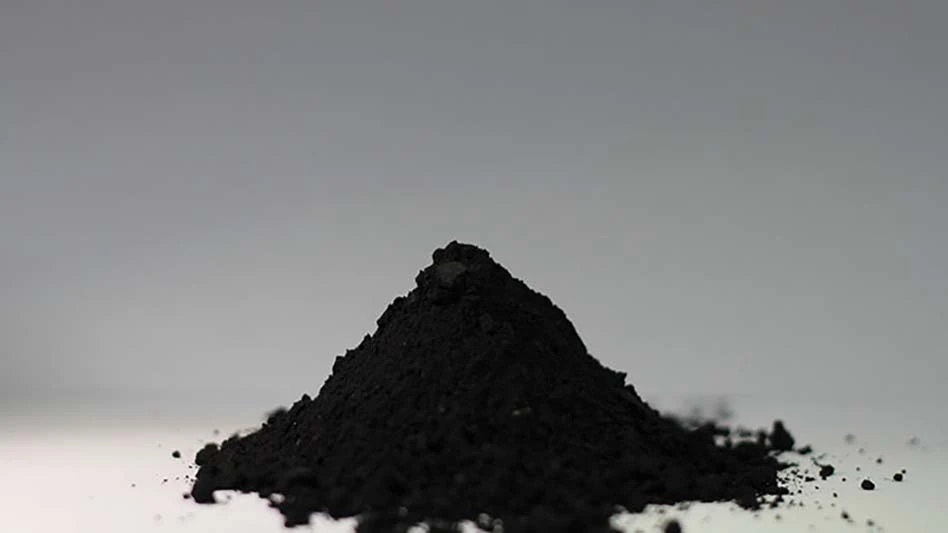
Photo by Megan Smalley
Plastic recycling volumes in the U.S. increased by 280.3 million pounds in 2021 compared with the previous year, with recyclers acquiring more than 5 billion pounds of postconsumer plastic for recycling, according to the “2021 U.S. Post-consumer Plastic Recycling Data Report.”
The report, prepared by Stina Inc., Sonoma, California, based on surveys conducted by that company and the National Association for PET Container Resources (NAPCOR), Charlotte, North Carolina, was released by the Association of Plastic Recyclers (APR), The Institute of Scrap Recycling Industries (ISRI), both based in Washington, and the U.S. Plastics Pact, Walpole, New Hampshire, and funded in part by The Recycling Partnership, Washington.
All major categories of plastic recovered for recycling had a net increase in total pounds reported in 2021 compared with 2020, specifically bottles, nonbottle rigids and film, according to the report. Within those broader categories, however, declines were seen for high-density polyethylene (HDPE) bottles and polypropylene (PP) recovery.
Additionally, film surpassed nonbottle rigids as the second-largest overall category in 2021, comprising 21.8 percent of the total compared with 20.5 percent in 2020.
The overwhelming majority of plastics recovered in 2021 were recycled in North America, primarily by U.S. reclaimers, according to the report. North American plastic reclaimers acquired a total of 4,693 million pounds, or 92.3 percent, of the plastics recovered, with 391 million pounds, or 7.7 percent, bound for overseas export markets. This marks a significant decrease in exports compared with 2012, when 35.9 percent of plastics were exported. Despite the overall decrease, the amount of film exported overseas increased by 11.1 million pounds in 2021 compared with 2020’s total.
"The 2021 rate report shows the strength of the recycling industry as they face ongoing challenges, including competition with low disposal costs, collection rates and virgin resin prices,” APR President and CEO Steve Alexander says. “APR works with companies to increase yields and supply by ensuring plastic packaging is designed for recyclability through the APR Design Guide and other programs, but in order to see bigger increases, there’s a need for systematic change led by public policy to drive collection, improve sortation and stabilize demand for recycled resins.”
The APR says it supports extended producer responsibility (EPR) laws and postconsumer recycled content requirements that recently have been enacted in several states. APR also supports a national bottle bill and other federal legislation that can drive change through a combination of supply and demand policies, targeted funding and incentives and streamlined collection programs.
According to the report, the 5 billion pounds of plastics recovered in 2021 includes bottles (2,886.7 million pounds, or 56.8 percent of the total); nonbottle rigids (1,071 million pounds, or 21.1 percent of total), film (1,106.2 million pounds, or 21.8 percent of the total) and “other plastics” (20.2 million pounds, or 0.4 percent of the total).
“The recycled materials industry is doing more than ever to ensure that at the end of a product’s life, less material goes to waste,” ISRI President Robin Wiener says. “Our goal is to make the supply chain ever more sustainable by providing manufacturers with high-quality material and reducing the need to extract natural resources to make new products we rely on every day.”
The net bottle increase of 142.5 million pounds in 2021 primarily was because of the 9.3 percent increase in polyethylene terephthalate (PET) bottle volumes recovered for recycling. In 2021, 1,931.5 million pounds of PET bottles were recovered, according to the report, which was 163.8 million pounds more than in 2020.
This growth was offset somewhat, however, by a reduction in HDPE bottles collected. At 927.2 million pounds, 16 million pounds fewer HDPE bottles were collected in 2021 than in 2020, reflecting decreases of 14.4 million pounds in natural HDPE bottles and 1.6 million pounds in colored HDPE bottles . PP and other plastic bottles recovered for recycling decreased by 15.8 percent in 2021, the report notes.
Recovery of nonbottle rigid plastics increased by 13.6 million pounds in 2021 to 1,071 million pounds, according to the report, primarily because of increases in HDPE and PET nonbottle materials recovered for recycling.
Also contributing to the 2021 increase was an additional 120.5 million pounds in film recovery from 2020 volumes, primarily in the form of polyethylene (PE) mixed-color film.
“The U.S. Plastics Pact is working to raise the quality and quantity of postconsumer recycled plastics, particularly for PET and HDPE packaging, which make up the largest tonnages of packaging represented by our members,” U.S. Plastics Pact Executive Director Emily Tipaldo says. “If we expect to achieve true recyclability, we need high demand for recycled plastics. Achieving true recyclability, as well as using higher percentages of PCR requires significantly greater tonnages of recycled plastics. The U.S. Pact is glad to see increases in the amount of plastic recovered for recycling and that the majority of the plastic is being recycled in North America.”
Get curated news on YOUR industry.
Enter your email to receive our newsletters.
Latest from Recycling Today
- Reworld partners with Mystic Aquarium
- BIR calls for fair standards, circular solutions in defining ‘green steel’
- LME reports active Q2
- Liberty Steel assets facing financing deadlines
- Sims is part of Australian recycling loop
- Tariffs target steel exporters Brazil, Canada and South Korea
- Buy Scrap Software to showcase its software at Scrap Expo in September
- LG details recycling activities





